drydock barge
- Type:
- shipwreck, dry-dock barge
- Depth:
- 110 ft
This anonymous big rectangular wooden dry-dock barge lies off Asbury Park, out near the edge of the Mud Hole. It is similar to the better-known Immaculata. The hulk of the wreck rises up as much as 10 feet, partially intact, while the upper sides have collapsed into the silty sand. Holes in the main wreckage allow penetration into the dark interior, which is surprisingly barren. A debris field of large rectangular ballast stones, wooden ribs, and rusted machinery extend from the western edge of the wreck, and to a lesser extent all around it. In exceptional late October fifty-foot visibility the view of this wreck from above was impressive, but overall this is not a very pretty site, and it is seldom dived. Good for lobsters, Sea Bass, scallops, and decompression.
This was once a great dive spot. It was the best-producing place for a big catch of scallops and lobster on or near the high wooden walls and sandy but silty bottom. This was probably a very big dock in her day. Today, it has fallen apart from the ravages of the ocean and draggers so that not much remains. It is very hard to find now and divers can get easily lost swimming from piece to piece in limited visibility. There are probably scallops here still. It's still worked over pretty well by the scallopers. For those of us who dived here before, it's a shame to see what's become of her wreckage due to being dragged apart. A good example of habitat lost to bottom draggers.
-- Capt Steve Nagiewicz

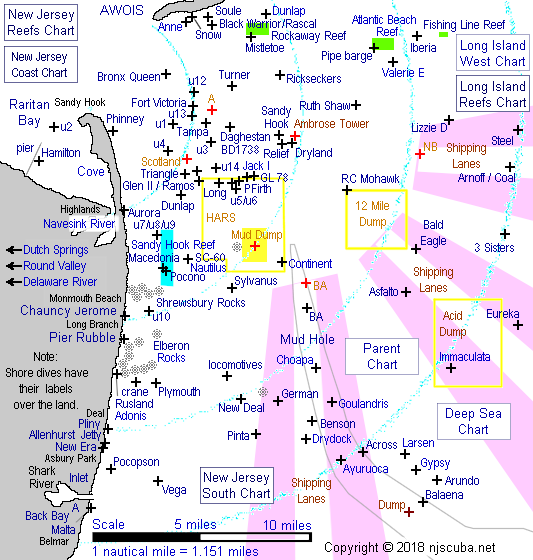
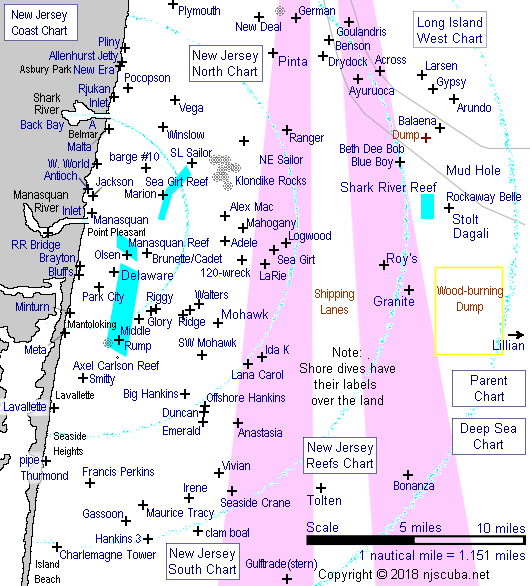
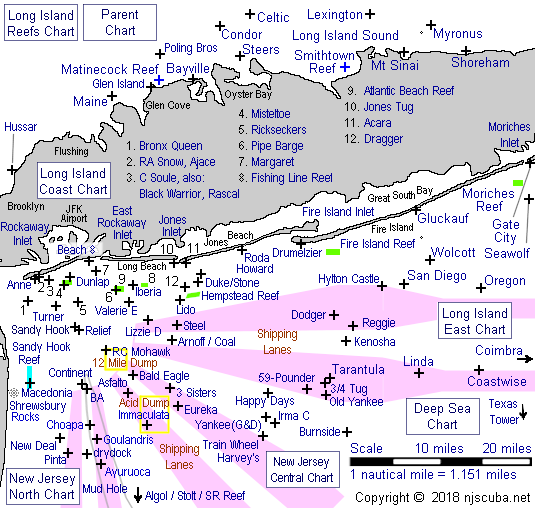
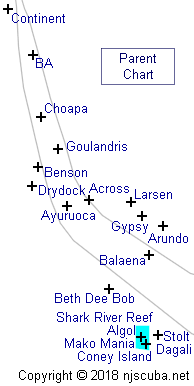
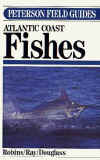
Questions or Inquiries?
Just want to say Hello? Sign the .